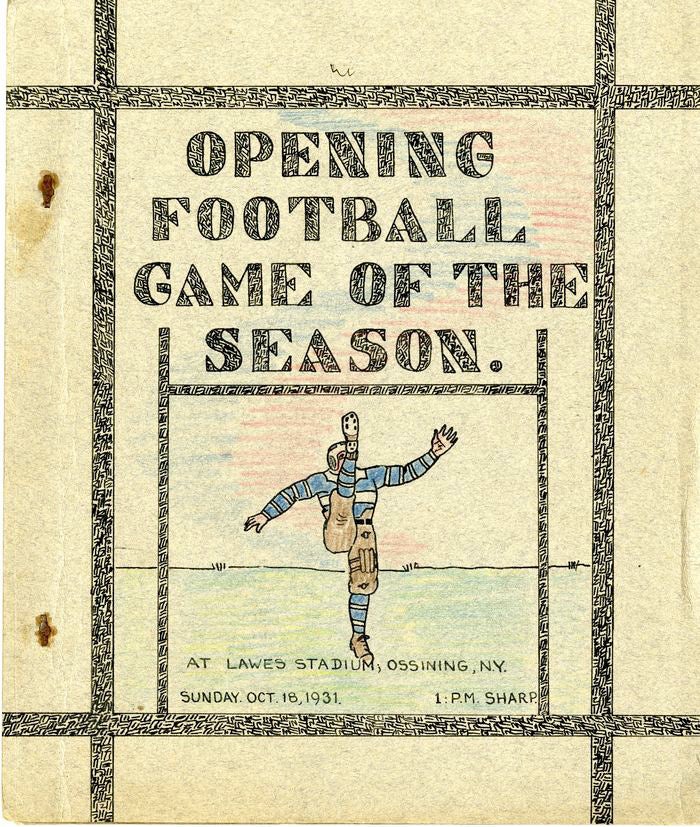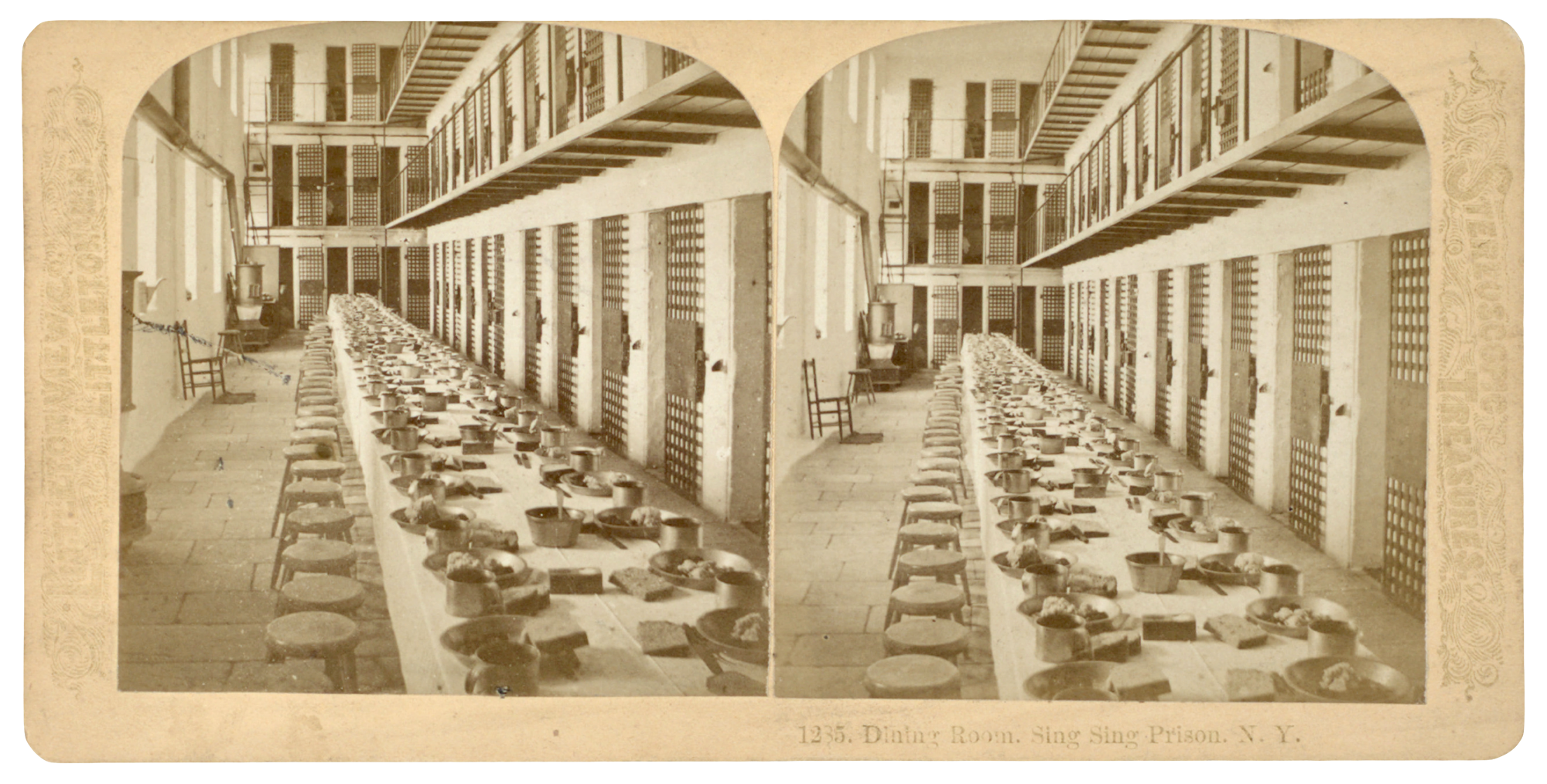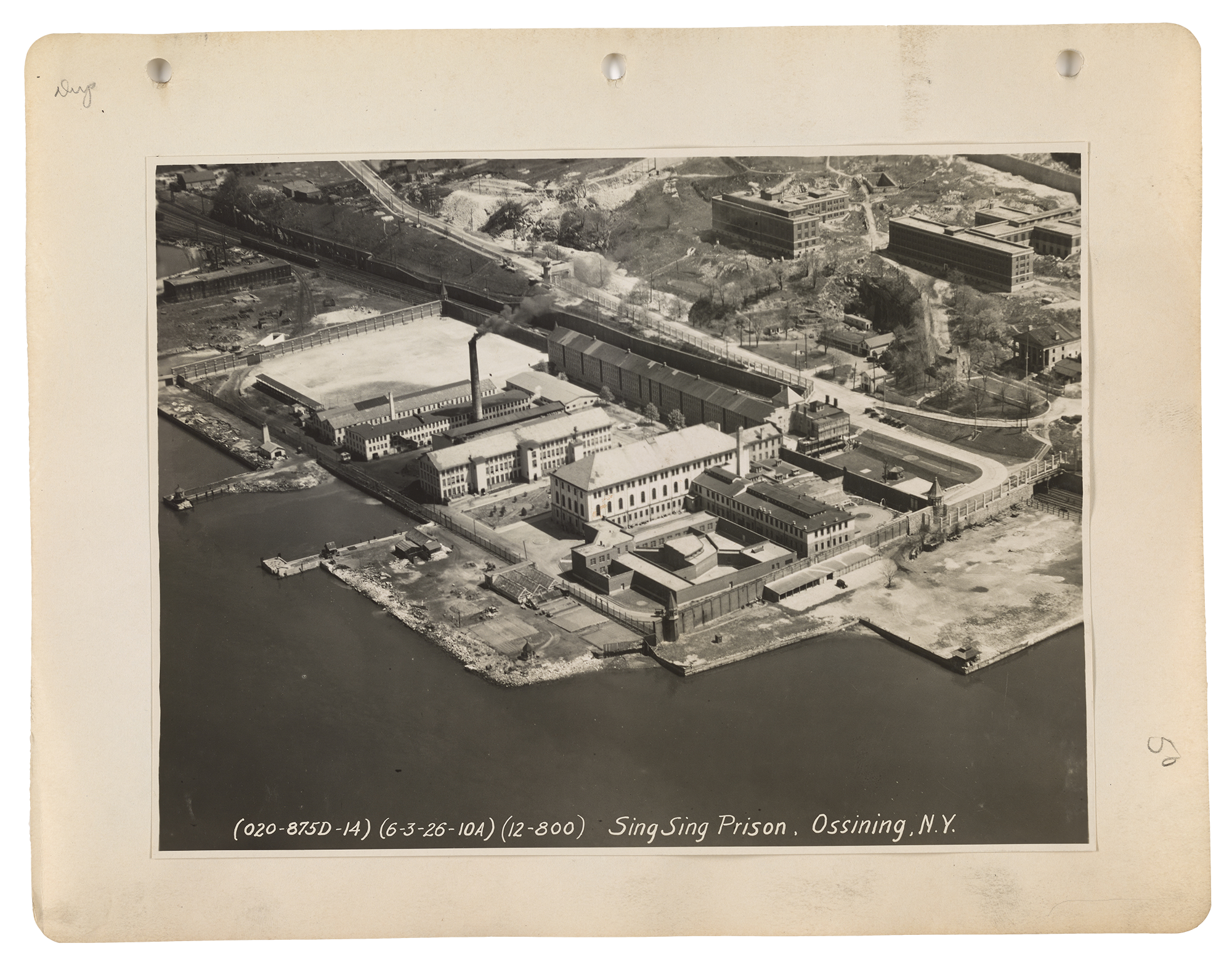Louisiana State University’s college football program is one of the most storied in the history of the sport, winning four National Championships and sending dozens of players to the NFL. In November, most LSU fans are wagering their bets on the College Football Playoffs and waiting to find out which bowl game the Tigers will play in at the end of the year. However, a mere 30 miles north of LSU in Jackson, Louisiana, a group of incarcerated individuals suit up in purple and gold every November for Dixon Correctional Institute’s most popular sporting event of the year, the annual Turkey Bowl, a flag football game that ultimately decides who will be the flag football champions, Unit I or Unit II.

In 2016, Unit II put on a dominant performance shutting out Unit I to win 18-0. Penning a full play-by-play of the game for the sports edition of the Straight Low Magazine, Walter Aswell captured the agony of Unit I’s defeat that day, “They made it downfield into scoring position and on the last play of the game threw an interception.” COVID restrictions eliminated the 2020 season, but the storied Turkey Bowl returned in 2021 with the Hot Boyz, dressed in white, being defeated by the Warriors, in purple jerseys, 21-0 under clear skies and cool temperatures. What makes this event so unique is that it is attended by both prison administrators and incarcerated people at Dixon Correctional Institute. For at least one day, the hierarchical power structure of daily life is temporarily flattened as everyone in attendance is either an athlete or a fan.
The First Famous Prison Football Team

The games at Dixon Correctional Institute are not open to the general public. In the 1930s, a prison football team was so successful that New York State legislation was enacted to curtail their appeal to fans outside the prison, a concept that may have percolated into other states. On November 15, 1931, the Sing Sing Black Sheep drew a crowd of over 2,000 incarcerated individuals and 500 spectators in their debut win (33-0) over the Ossining Naval Militia. The Black Sheep would go on to post a 5-1 record that year, losing their sole game to the Port Jervis Police Department 13-0 in front of a crowd of 7,000 attendees. However, as reported in the New York Times, the Black Sheep were cheated out of the victory because the Port Jervis team, “slipped thirteen ‘ringers’ in against the convict eleven at the prison field… and won a victory, by proxy.” With two fewer players, the Black Sheep team were bound to lose. Apparently, the police department fielded a team of local athletes instead of suiting up police officers for the game.
Sing Sing vs. Williamsbridge Holy Name, 1930. Moving Image Research Collections, Fox News outtake 23-295, copyright University of South Carolina.
The Black Sheep football team was active from 1931 to 1936 and posted winning seasons every year. Tim Mara, the founder and then-owner of the New York Giants, coached and partially funded the 1931 inaugural team. The Black Sheep were not only unique as one of the nation’s first prison football teams, but also because the team was racially integrated during a time when were there was an unspoken agreement that there were to be no Black players in organized professional football. In the Journal of Social History, Michael E. Lomax points out that from 1934 to 1946, “blacks were excluded from the labor force only to reemerge when the NFL faced a rival challenge from a new league.” Tim Mara’s New York Giants would not sign their first Black player until safety Emlen Tunnell joined the team in 1948.
Sing Sing and Football as Reformist Rehabilitation
The history of Sing Sing Correctional Facility is infamous, with almost all the death penalty executions in New York State (1914-1963) conducted at the prison. Perhaps less well-known is that Sing Sing was also the site of prison reform in the early 20th century and a place where the Mutual Welfare League flourished, a self-governed committee of incarcerated individuals that encouraged accountability and created committees for athletics, education, and entertainment.

The underlying philosophy came from Thomas Mott Osborne, warden at Sing Sing from 1914-1916, who pragmatically believed that incarcerated individuals must be allowed to put into practice the values of shared governance, accountability, and respect for each other as agents of transformation. Revisiting the impact of the Mutual Welfare League for the Journal of Correctional Education, Howard S. Davidson wrote, “…we may begin to acknowledge the prisoner as an historical agent in the development of prison education” (Davidson, 1973). Ticket sales from football games funded many of the Mutual Welfare League’s initiatives, such as holiday gifts and weekly wages for incarcerated individuals.

Ultimately, the idea for a prison football team came from Lewis E. Lawes, who served as warden at Sing Sing from 1920-1941. Though his tenure as warden was not without controversy, he was considered a prison reformer during his time and criticized the inequality of the American penal system in a 1928 issue of The North American Review Lawes wrote:
One of the most conspicuous faults in our penal system is the inequality with which justice is administered. This unequal justice is not deliberate or intentional; it is the inevitable result of the judicial system and the method of dispensing punishment. There are more than one hundred and seventy judges, with their different individual temperaments, in the various courts of the State of New York who by law are, or may be, required to sentence offenders to state prison. The wide variation and inequality in the resulting sentences comes by reason of so many judges acting individually, without any method or machinery for standardizing this administrative part of their work, often without more than a scintilla of information about the person whose entire future hangs in the balance of the scales of justice.
Lawes espoused a prison reformer philosophy of rehabilitation over punishment, and he understood the importance of humanizing a de-humanizing experience for the incarcerated individual. Discussing the football team in an issue of Sports Illustrated, Lawes quipped, “A baseball game or a football contest with reputable outside teams serves a twofold purpose: visitors learn to understand that prisoners are human, and prisoners appreciate the necessity of playing the game on the square with their fellows.”
Weekly Newsletter
Alabama Pitts appreciated the opportunity to showcase his talent on the football field at Sing Sing, but he also wanted society to recognize him as more than merely a novelty act. At the age of 19, Pitts was apprehended robbing a grocery store. During the trial, Pitts was implicated in five additional robberies and sentenced to a maximum of 16 years at Sing Sing Penitentiary. Pitts was a phenomenal athlete and served as the Black Sheep quarterback from 1931 to his early release in 1935, but he was eager to shed his celebrity status as a “prison athlete.” Upon his release, he is quoted in the Los Angeles Times stating, “I want a job. I don’t want to be known as Alabama Pitts, the jailhouse athlete.” Pitts would go on to sign a contract with the Philadelphia Eagles in 1935 to play running back. On September 13, 1935, 20,000 fans came out to see Alabama Pitts’ Philadelphia Eagles debut. However, as Robert S. Lyons writes in On Any Given Sunday: A Life of Bert Bell, even though the largest crowd in the Eagle’s three-year history chanted his name, Pitts never played a single down. For unknown reasons, he sat on the bench the entire game.
Not Just Altruism Behind Football as Rehabilitation
As a proponent of prison reform and warden of the Sing Sing Correctional Facility, Lewis E. Lawes certainly subscribed to the emergent penal philosophy of rehabilitation, and Pitts’ early release was evidence of this reformation. However, Lawes’ interest in sports was also financially motivated—both institutionally and personally. Ticket sales for each game funded equipment and paid for teams to travel to Lawes Stadium. For obvious reasons, the Black Sheep never played away games. However, as the crowds grew in size from 2,000 to 7,000, the Black Sheep caught the attention of the New York State Commissioner of Corrections, Edward P. Mulrooney. Though supportive of the sports team, he concluded that prisons have no legal authority to collect funds from the general public. Effectively ending the Black Sheep’s football team in the middle of the 1936 season, Mulrooney issued an order forbidding paid admissions to events at the institutions under his authority. Without funding, the football team disbanded. Lawes would go on to write a book inspired by Alabma Pitts which was turned into the 1938 film, Over the Wall. And the 1974 film, The Longest Yard, starring Burt Reynolds as the quarterback of a prison football team, also drew inspiration from Alabama Pitts or the infamous Port Jervis football game against the Black Sheep wherein incarcerated individuals played against officers in the police department.
Today, crowds don’t buy tickets to pack the sidelines and watch the Turkey Bowl at the Dixon Correctional Institute. In stark contrast, this year’s Super Bowl will assuredly draw more than 200 million viewers. Very few of these fans will know that the Sing Sing Black Sheep football played in front of thousands with help from New York Giants owner Tim Mara. Even fewer will remember former Philadelphia Eagles player and Black Sheep quarterback Alabama Pitts or the transformative impact of the Mutual Welfare League. But chronicled in the American Prison Newspapers collection are the echoes of their impact at prisons and correctional facilities across the country. Recounting the 2013 flag football season at the B.B. Rayburn Correctional Center in Washington Parish, Louisiana, Wayne Stovall mused in the Chainlink Chronicle, “The league is loaded with men with all sorts of abilities and talents. Every man’s objective this year is to win and have fun in the process. Also, don’t forget the men who take time out [of] their schedules to referee and call the game. Every man plays a very important key role in keeping this whole organization alive. Without them, this league would not be.”






